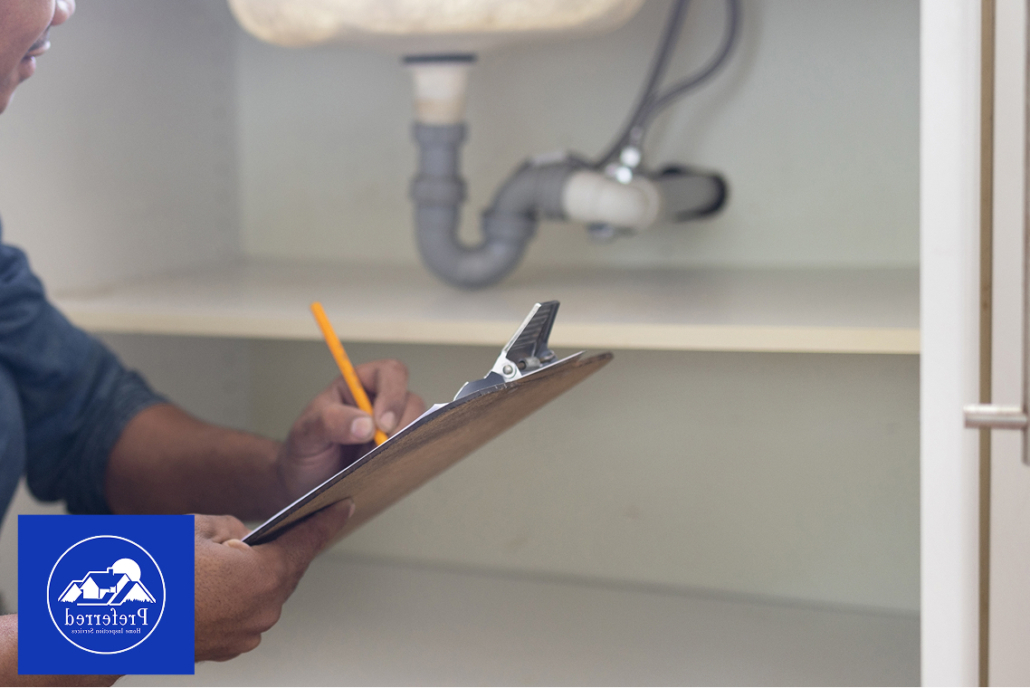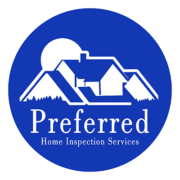A typical home inspection takes between 2 and 4 hours, depending on the size of the home and its condition. Most standard single-family homes fall into the 3-hour range, while larger homes or properties with complex systems may require additional time for a thorough evaluation.
If you’re buying a house, you’ve probably wondered about timing. Maybe you’re trying to coordinate schedules with your real estate agent, or perhaps you’re just curious about what to expect on inspection day. While that 2-4 hour timeframe gives you a baseline, the actual duration depends on several specific factors related to your particular property.

What Affects How Long a Home Inspection Takes?
The duration of your inspection isn’t set in stone. Multiple variables come into play that can either speed up or extend the process. Here are the primary factors that determine how much time your inspector will need.
Size of the Home
The most obvious factor is square footage. A 1,200-square-foot starter home will require significantly less time than a 4,000-square-foot family home. Larger homes simply have more rooms, more systems, and more components to examine. Your professional home inspector needs to check every accessible area, from the basement to the attic.
For context:
- Small homes (under 1,500 sq ft): 2-3 hours
- Medium homes (1,500-2,500 sq ft): 3-4 hours
- Large homes (2,500-4,000 sq ft): 4-5 hours
- Very large homes (over 4,000 sq ft): 5+ hours
Age and Condition of the Property
Older homes often take longer to inspect. They typically have more potential issues that require closer examination, and some older systems need extra attention. A new home might move along quickly since everything should be in good working order, though inspectors still need to verify that all systems function properly and meet current standards.
Properties that haven’t been well-maintained also extend inspection time. When a home inspector encounters potential problems, they need to investigate further to determine the extent of any issues.
Complex Systems and Features
Some homes have features that add time to the inspection process:
- Swimming pools and spas
- Extensive decking or outdoor structures
- Multiple HVAC systems
- Solar panels
- Wells and septic systems
- Elevators or lifts
- Complex electrical setups
Each of these requires specialized knowledge and additional time for proper evaluation.
Accessibility Issues
Sometimes physical barriers slow things down. Cluttered basements, locked areas, or stored belongings blocking access to important systems can add time to the inspection. The more accessible everything is, the more efficiently your home inspector can work.

What Happens During a Thorough Home Inspection?
Understanding what inspectors actually do helps explain the time investment. A comprehensive inspection covers:
Structural Elements: Foundation, framing, roof structure, and exterior walls get examined for signs of damage, settling, or other concerns.
Electrical Systems: The inspector checks the main panel, outlets, switches, and visible wiring for safety issues and code compliance.
Plumbing: Water pressure, drainage, visible pipes, fixtures, and the water heater all need evaluation.
HVAC Systems: Heating and cooling equipment gets tested for proper operation and efficiency.
Exterior Features: Siding, windows, doors, gutters, and grading around the foundation require attention.
Interior Components: Floors, walls, ceilings, stairs, and built-in appliances need checking.
Safety Features: Smoke detectors, carbon monoxide detectors, and other safety equipment get tested.
Each area requires methodical examination. Rushing through any component could mean missing potential problems that might cost you thousands later.
Should You Attend Your Home Inspection?
Absolutely. Being present during the inspection process gives you valuable insights into your potential new home. You can ask questions, learn about maintenance needs, and understand any issues the inspector identifies.
Most inspectors welcome questions and will explain what they’re looking at. This is your chance to get familiar with important systems and understand how to maintain them properly.
However, try not to shadow the inspector too closely. They need space to work efficiently, and constant hovering can actually slow things down.
Related Article: Who Attends a Home Inspection?

The Inspection Report Process
After completing the physical inspection, your inspector will compile their findings into a comprehensive inspection report. Inspection companies like Preferred Home Inspections provide detailed visual reports in both HTML and PDF formats, complete with high-quality images that clearly illustrate any concerns discovered during the inspection.
The report typically gets delivered within 24 hours of the inspection via email with a secure link. These reports are designed to be mobile-friendly, so you can review findings on your phone or tablet. Many companies also include features like repair request document generators to help agents quickly communicate with sellers about necessary fixes.
The inspector will often schedule a follow-up call to review findings with you and your agent, ensuring you understand any potential issues and their implications.
Related Article: How to Read a Home Inspection Report Without Getting Overwhelmed
Tips for a Smooth Inspection Day
Arriving on time is crucial for getting the most out of your inspection day. Starting promptly helps ensure the inspector has adequate time for a thorough evaluation without feeling rushed. Before heading out, write down any specific concerns you have about the property so you don’t forget to ask important questions during the walkthrough.
Dress appropriately for the occasion since you might find yourself crawling through crawl spaces or climbing into attics alongside the inspector. Wear clothes you don’t mind getting dirty and choose closed-toe shoes with a good grip for safety. Bringing a flashlight can be incredibly helpful when examining dark areas like basements, crawl spaces, or electrical panels, where additional lighting makes details easier to spot.
Throughout the inspection process, take notes as the inspector explains their findings. Documenting these explanations will serve as valuable reference material later when you’re reviewing the written report or discussing potential issues with your real estate agent. These notes become especially useful if you need to prioritize repairs or budget for future maintenance needs.
When Inspections Take Longer
Sometimes inspections extend beyond the estimated timeframe. This usually happens when:
- Significant issues require detailed investigation
- Access problems arise during the inspection
- Complex systems need extra attention
- The property is much larger than initially estimated
Don’t worry if your inspection runs long. It’s better for your inspector to be thorough than to rush and potentially miss something important.
The Bottom Line
While most home inspections fall into that 2-4 hour window, the exact timing depends on your specific property. A good inspector will give you a reasonable estimate upfront based on the home’s details, but remember that a thorough evaluation is more important than speed.
The few hours you invest in a proper home inspection can save you from costly surprises down the road. Whether you’re buying your first home or your fifth, this step provides peace of mind and valuable information about one of the biggest investments you’ll ever make.
Plan for the inspection to take at least half your day when you factor in travel time and the follow-up discussion. It’s time well spent.


